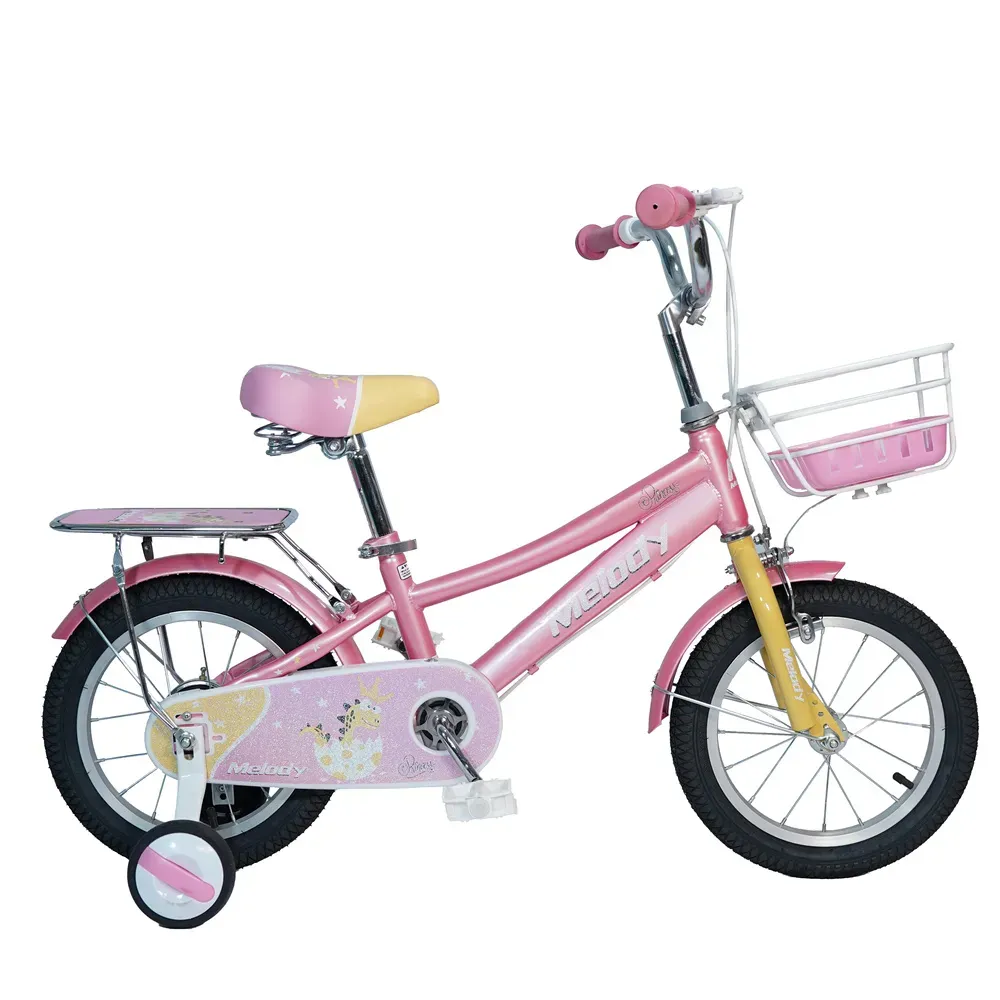Understanding Mountain Bike Dimensions for Better Riding Experience and Fit
Understanding Mountain Bike Dimensions A Guide to Choosing the Right Fit
Mountain biking is an exhilarating sport that combines adventure, physical fitness, and the enjoyment of nature. However, to truly enjoy the experience, it’s essential to have a mountain bike that fits you perfectly. One of the most critical aspects to consider when selecting a mountain bike is its dimensions, which directly impact comfort, handling, and overall performance. This article delves into the various components of mountain bike dimensions and how they relate to your body and riding style.
Frame Size
The most fundamental dimension of a mountain bike is the frame size, which is typically measured in inches (for traditional bikes) or by specific sizes (small, medium, large). Frame size affects not only the bike’s handling but also how comfortably you can ride it. A bike that is too big may cause you to stretch uncomfortably while riding, whereas a bike that is too small might lead to cramped positioning.
To find the correct frame size, it’s crucial to consider your height and inseam measurement. Most manufacturers provide size charts that correlate these measurements with recommended frame sizes. As a general guideline, a rider with a height of around 5'3 to 5'6 may fit a small frame, while someone between 5'7 and 5'10 typically suits a medium frame.
Top Tube Length
The top tube length is another critical measurement that influences the bike's fit. This dimension measures the distance from the seat tube to the head tube. A longer top tube may offer more open positioning, which is beneficial for aggressive riding, while a shorter top tube allows for a more upright posture, enhancing comfort during long rides.
When choosing a bike, consider your riding style. If you favor downhill trails and need more control at high speeds, a longer top tube may be advantageous. Conversely, if you prefer touring or leisurely rides, opt for a bike with a shorter top tube for enhanced comfort and maneuverability.
Seat Tube Angle
mountain bike dimension

The seat tube angle is the angle of the seat tube relative to the ground. This angle affects your position on the bike, impacting how efficiently you can pedal and balance. A steeper seat tube angle can enhance power transfer, enabling you to climb hills more effectively, while a slacker angle may provide more comfort on descents.
Riders who plan to tackle a variety of terrains should consider a bike with an adjustable seat tube angle, allowing for greater flexibility in positioning based on the terrain.
Wheel Size
Mountain bike wheel size plays a significant role in handling and stability. Common sizes include 26, 27.5 (650B), and 29. Larger wheels, like the 29, offer better roll-over capability on obstacles and provide improved traction, making them ideal for rough terrains. Smaller wheels, such as the 26, offer greater maneuverability and acceleration, suitable for tighter trails.
Choosing the right wheel size largely depends on your preferred riding style and the type of trails you plan to conquer. Riders seeking speed and efficiency on smooth trails might lean toward larger wheels, while those tackling technical terrains may prefer smaller wheels for agility.
Reach and Stack
Two additional dimensions that are becoming increasingly important in mountain bike geometry are reach and stack. Reach measures the horizontal distance from the center of the bottom bracket to the top of the head tube, while stack measures the vertical distance. These measurements can dramatically affect your riding position. A longer reach can provide a more stretched-out position for aggressive riding, whereas a higher stack can offer a more upright posture.
Conclusion
Choosing the right mountain bike dimensions is crucial for enjoying the sport to its fullest. By understanding the significance of frame size, top tube length, seat tube angle, wheel size, and reach and stack, riders can make informed decisions that cater to their body type and riding preferences. Remember to test ride different bikes when possible, as personal comfort is the ultimate guide in choosing the perfect mountain bike. With the right fit, you will not only enhance your riding experience but also enjoy every moment spent on the trails.
-
The Perfect Baby TricycleNewsAug.11,2025
-
Ride into Fun with Bikes for KidsNewsAug.11,2025
-
Ride into Adventure with the Perfect Kids Balance BikeNewsAug.11,2025
-
Fun and Safe Riding with the Best Childrens ScootersNewsAug.11,2025
-
Find the Perfect Childrens Bike for Your Little OneNewsAug.11,2025
-
Explore the Best Baby Tricycles for Your Little OneNewsAug.11,2025
-
Three-Wheel Light-Up Scooter Benefits for KidsNewsJul.11,2025








